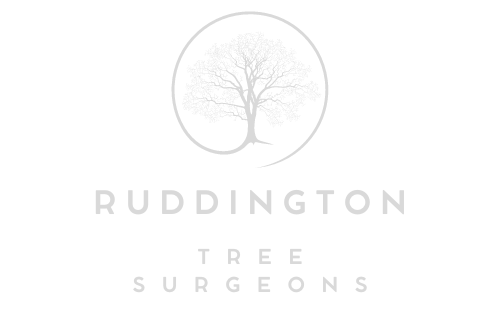Tree Surgery and Storm Damage: Restoration and Prevention
Introduction: Storms can wreak havoc on our surroundings, causing damage to homes, vehicles, and landscapes. While beautiful and essential to our environment, trees can become hazardous during severe weather events. In this blog post, Ruddington Tree Surgeons discusses the critical role of tree surgery in restoring and preventing storm damage, emphasising the importance of proactive tree care for the safety and preservation of our green companions.
Restoration After Storm Damage
When a storm strikes and damages trees, prompt action is essential. Professional tree surgeons can assess the extent of the damage and take appropriate steps to restore the tree’s health and safety.
- Assessment: The first step is to assess the damage. This includes identifying broken branches, splits in the trunk, and signs of internal damage. Tree surgeons can determine if the tree can be saved or if it poses a risk and needs removal.
- Pruning and Trimming: Tree surgeons carefully prune and trim damaged branches, removing broken or weakened sections. This helps reduce the risk of further damage and allows the tree to heal.
- Cabling and Bracing: In some cases, trees may need additional support to prevent further splitting or leaning. Tree surgeons can install cables and braces to stabilise the tree and promote recovery.
- Tree Preservation: If the tree can be saved, tree surgeons will develop a plan to nurture its recovery. This may include fertilisation, mulching, and ongoing monitoring to ensure the tree’s health.
Preventing Storm Damage Through Proactive Tree Surgery
While restoration is crucial after storm damage occurs, proactive tree surgery can help prevent such damage in the first place. Here’s how:
- Regular Inspections: Professional tree surgeons can conduct regular inspections to identify potential issues before they become hazards. This includes assessing the tree’s overall health, branch structure, and signs of disease or pest infestations.
- Pruning and Thinning: Proper pruning and thinning of a tree’s canopy can reduce wind resistance, making it less likely to be damaged during storms. Removing dead or weak branches also enhances the tree’s stability.
- Crown Reduction: Tree surgeons can perform crown reduction to reduce the size of the tree’s canopy. This can lower the risk of branches breaking or the tree being uprooted during strong winds.
- Tree Removal: In some cases, if a tree is severely diseased, structurally compromised, or too close to structures, removal may be the best preventive measure to ensure safety during storms.
Conclusion: Tree surgery is vital in restoring and preventing storm damage. While we cannot control the weather, we can proactively protect our trees and properties. Prompt restoration by professional tree surgeons can save damaged trees, while regular inspections and preventive measures can reduce the risk of storm-related issues. Ruddington Tree Surgeons is dedicated to preserving and safeguarding your trees, providing expert tree surgery services to ensure their health and your safety.
Call us on: 0115 647 1186
Click here to find out more about Ruddington Tree Surgeons
Click here to complete our contact form and see how we can help with your tree’s needs.

